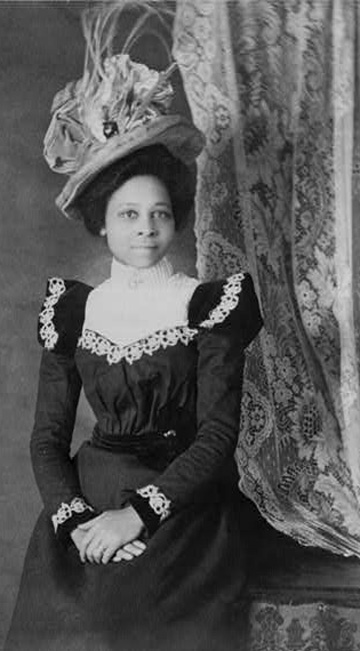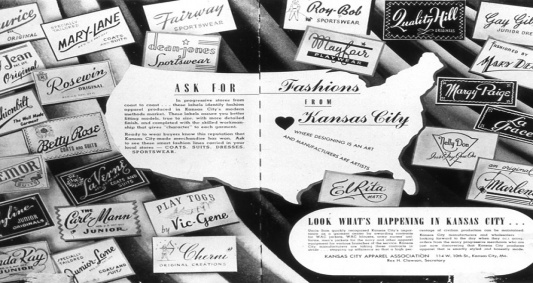Quilt perhaps pieced from shirting factory cutaways,
early 20th century.
As garment factories began producing the clothing of everyday life, the availability of clothing factory cutaways increased.
Remnants today
Cloth merchants have been selling remnants for centuries---a remnant is new fabric too small to sell by the yard (or too out-of-fashion to bother). Written records described remnants back into the middle ages and earlier.
An ad in the Providence Evening Post in 1859
describes remnants suitable for backings and faces for
"low-priced Comforters....madders...seconds and prints."
Sold by the pound.
The Royal Alberta Museum has posted this vintage ad for a Surprise Bundle of fabric.
"Every bundle a bargain....Useful lengths of prints...."
Mmmm, Marimekko fabric bundles, remnants for sale online.
But factory cutaways are different; they are left-over new fabric from clothing production.
Cartridge pleats are an old-fashioned way to
turn a rectangle of fabric into a form-fitting skirt.
One sign of mechanization in the evolution of clothing design is the amount of fabric left over from cutting garments. When cloth was expensive and handwork necessary, a garment like a skirt might be made from a rectangle of wool or silk with no leftovers.
At the end of the 19th-century
garment patterns became more elaborate
as machines took over the jobs of cutting and sewing.
A mechanical cutter in a New Jersey garment factory
about 1940. Photo by Russell Lee. Library of Congress.
Computer-driven cutters cut garments today.
All those sleeves, lapels and form-fitting bodices left a lot of good fabric. The factory could toss out the leftovers, but that was not smart. An efficient factory sold the cutaways, perhaps directly to the customer or perhaps to a retailer who then packaged it and sold it to the customer.
These remnant bundles and boxes of "old-fashioned" quilt patches sold
for about 25 cents in the 1930s. Customers were sometimes disappointed with
the quality and size of the fabric.
Rayon quilt with many scraps of pre-quilted satin,
perhaps cut-aways from a garment factory that
used the fabric to line coats.
Many people remember going to a clothing factory and buying cutaways by the pound. When I took up quilting in the 1970s my friends and I loved to go the garment district in Kansas City.
I remember taking an old-fashioned elevator in a downtown building up to a large room where prints were weighed for sale. A couple of dollars would buy a good deal of fabric. It wasn't all cotton, but the prints and colors were great. I still have some of them.
Here is model Suzy Parker in Vogue showing
off a dress from Nelly Don, one of the largest
of the Kansas City garment factories.
All the factories are closed now but there is a museum that tells the story of that industry. See the Kansas City Garment District Museum here:
And see the Nelly Don website here:
Edie McGinnis's book
A Bag of Scraps
tells the story of the
Kansas City Garment District and the factory cutaways.















